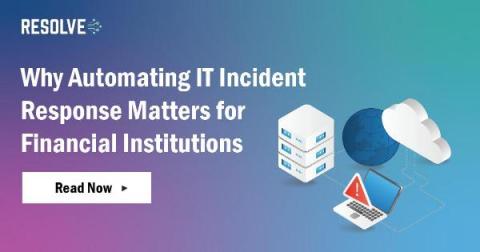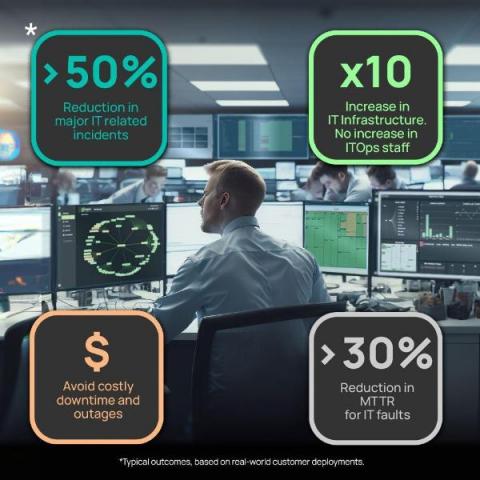Operations | Monitoring | ITSM | DevOps | Cloud
Finance
How Financial Institutions Benefit from Automated Employee Offboarding
Thanks to the economic downturn and rising interest rates, leading financial industry stalwarts such as Accenture, BlackRock, BNY Mellon, Goldman Sachs, and PayPal have already laid off hundreds or thousands of employees. And these are just the big names; banks, credit unions, insurers, and private equity firms of all sizes worldwide are carefully reviewing their headcount and trimming their workforce in order to stay competitive.
How DevOps is shaping Financial Services #4: The rise of cybersecurity
Why Automating IT Incident Response Matters for Financial Institutions
Last month, the Singapore bank DBS experienced a 10-hour outage of its digital services. Not only was it massively disruptive to customers, but it caused the bank’s stock to lose 1.4% of its value in a single day. And it’s not the first time DBS has had to deal with the fallout of an IT snafu; in November 2021, Singapore’s finance regulatory body imposed significant additional capital requirements on the bank after its digital banking services were disrupted for two days.
How Banks Can Improve Customer Experience by Digitizing Customer Communications
How DevOps is shaping Financial Services #3: The impact of technical debt
Top 10 AIOps & Observability Capabilities for the Banking and Finance Sector
Maintaining trust in the business services your customers rely on is everything. With ever-increasing customer expectations and the promise of ‘always-on’ services, poor digital experiences and outages can cause significant harm to your business. The Interlink Software AIOps and Observability platform strengthens IT teams’ capability to deliver more reliable, available digital services and reduce the risk of customer impacting disruption.
How DevOps is shaping Financial Services #1: The role of governance
The Power That Start-Ups Can Have on An Investor's Portfolio
Secure open source MLOps for AI/ML applications in financial services
The adoption of AI/ML in financial services is increasing as companies seek to drive more robust, data-driven decision processes as part of their digital transformation journey. For global banking, McKinsey estimates that AI technologies could potentially deliver up to $1 trillion of additional value each year. But productionising machine learning at scale is challenging.











